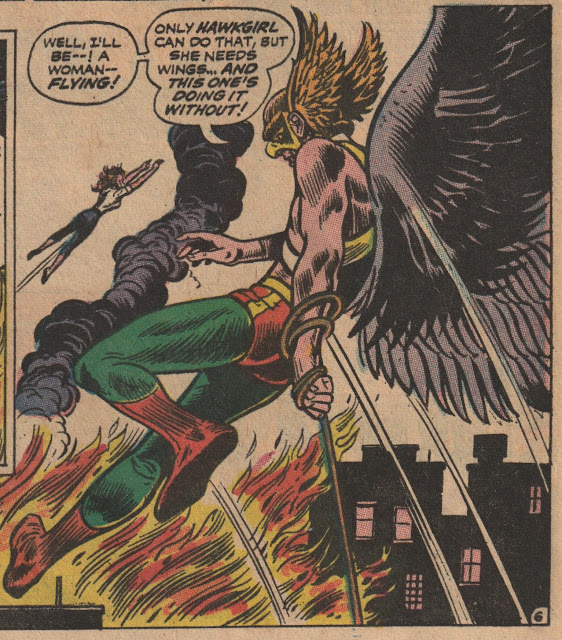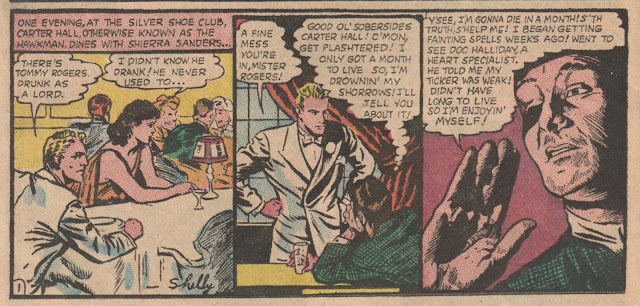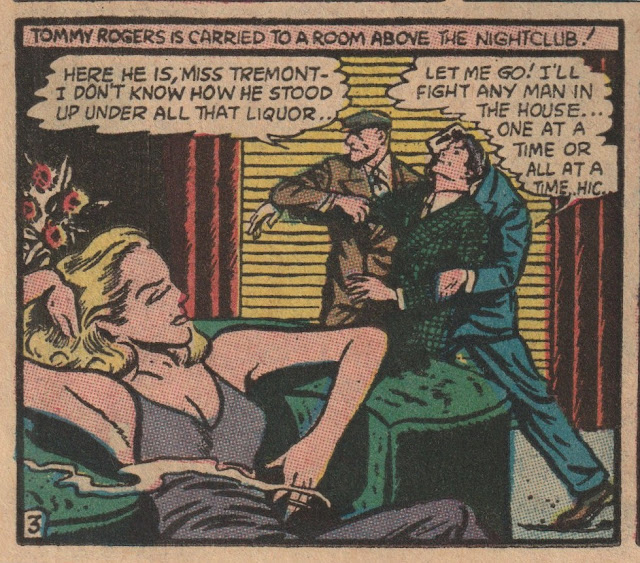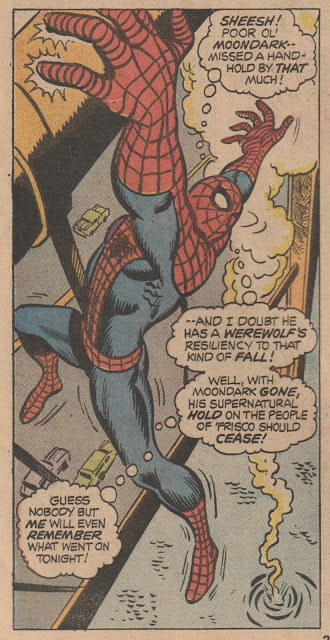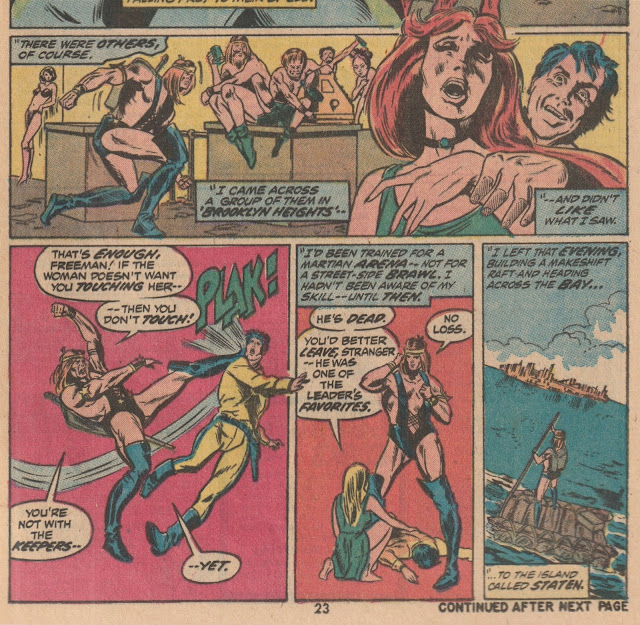FANTASTIC FOUR #142 - Everything but the Kitchen Sink!
One of the earlier comics I owned within the actual time frame it came out, I would’ve been 10 years old when SOMEONE made this available to me. The cover really stood out...
(FANTASTIC FOUR #142 - Cover Dated January 1974 - on Newsstands October 16th, 1973 - cover art signed by Buckler and Sinnott)
This period of the Fantastic Four is either extremely underrated or extremely overrated, depending how you look at it - but for me, yeah, a lot of it is simply themes that are repeated throughout the history of the book (The Thing gets frustrated and quits, Dr. Doom revealing himself as the bad guy, etc.), BUT it has one redeeming aspect to it all.
Rich Buckler.
Rich Buckler achieved a dream of his by getting to take over this book and really, with inks by Joe Sinnott, this is (to me) some of the best work he ever did. (I personally thought Sinnott’s inks worked better for Buckler than Kirby - I like Chic Stone inking Kirby the best).
(FANTASTIC FOUR #142 - Cover Dated January 1974 - on Newsstands October 16th, 1973 - art by Rich Buckler with inks by Joe Sinnott)
To me, this is the period that MADE the Bronze Age. These were highly stylized artists that either reached their peak during this time (Dave Cockrum on Superboy and the LSH, Jim Starlin on Captain Marvel, Rich Buckler on FF) or would begin to in the next year or two (George Perez on Avengers, John Byrne on X-Men). Note: And of course, I believe Ross Andru did his best work on ASM with his double inking team of Frank Giacoia/Dave Hunt - but I know it’s not everyone else’s fave.
On top of that you still had Bernie Wrightson just finishing a breathtaking run on Swamp Thing (and Mike Ploog on Marvel Spotlight with Ghost Rider), Barry Windsor-Smith after a run on Conan, going beyond the quality of expectation on the Black and White mags, along with a wave of new great talent like Pablo Marcos, Rudy Nebres and even long-time talent coming into their own like the underrated Jim Aparo.
(FANTASTIC FOUR #142 - Cover Dated January 1974 - on Newsstands October 16th, 1973 - art by Rich Buckler with inks by Joe Sinnott)
Talk about understanding the Kirby way of doing Marvel Superhero art... here Buckler makes Reed Richards dynamic in every pose - even though his emotion is one of grief - and yet he still is able to convey it and even cover his face (shame). Great stuff from what you’d expect in the World’s Greatest Comic Magazine!
(FANTASTIC FOUR #142 - Cover Dated January 1974 - on Newsstands October 16th, 1973 - art by Rich Buckler with inks by Joe Sinnott)
The Thing at one time was one of the stars of the Marvel Universe, appearing monthly in the FF, the FF reprints in Marvel's Greatest Comics, and with a guest star each month in Marvel Two-In-One. Then afterward in his own monthly series! One of the great, unique characters of the Marvel Universe!
Here Buckler lays out a perfect blend of action and dialogue, changing camera angles perfectly to tell the story. Man, I can see why I was so impressed with this as kid, without even knowing why! (Notice the written ad blurb for Crazy Magazine at the bottom left corner - remember these?)
Yep, the perfect blend of action and dialogue.
Speaking of dialogue, Gerry Conway (only 22 years old when he wrote this - having been at Marvel already for 4 years!), had a busy month for comics released with a January 1974 cover date. The 20 page Incredible Hulk #171 that would also end up a Record and Comic Set, the 19 page Amazing Spider-man #128 Vulture story, the 11 page Dracula Lives #4 story, the 19 page Sgt. Fury #117 story, the 19 page Thor #219 story, a 5 page story for DC's Witching Hour #38, PLUS this 19 page yarn.
That's 112 written pages of story and dialogue - he probably had a bad case of writer's cramp!
(FANTASTIC FOUR #142 - Cover Dated January 1974 - on Newsstands October 16th, 1973 - advertising cover art by Gil Kane)
As a kid, I wasn’t the biggest Gil Kane fan. His angular, jagged edges in very harsh contrast to Romita’s smooth style (I know, I know, but Ross Andru, right?).
Here though, inked heavily by Frank Giacoia, I dug this almost 3-D looking cover in this ad, even back then.
Frank Giacoia was maybe one of the underrated inkers in the business, working from the Golden Age into the early 80's.
Frank Giacoia was maybe one of the underrated inkers in the business, working from the Golden Age into the early 80's.
(FANTASTIC FOUR #142 - Cover Dated January 1974 - on Newsstands October 16th, 1973 - art by Rich Buckler with inks by Joe Sinnott)
And of course the big reveal at the end. It became more and more of a tough way to handle a Dr. Doom story as time went on... so everything went into the build-up. Great villain, but... what to do with him...



















